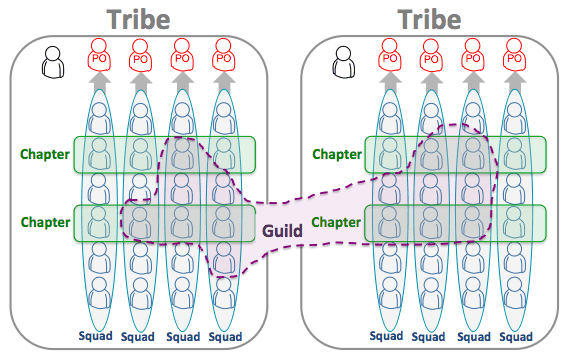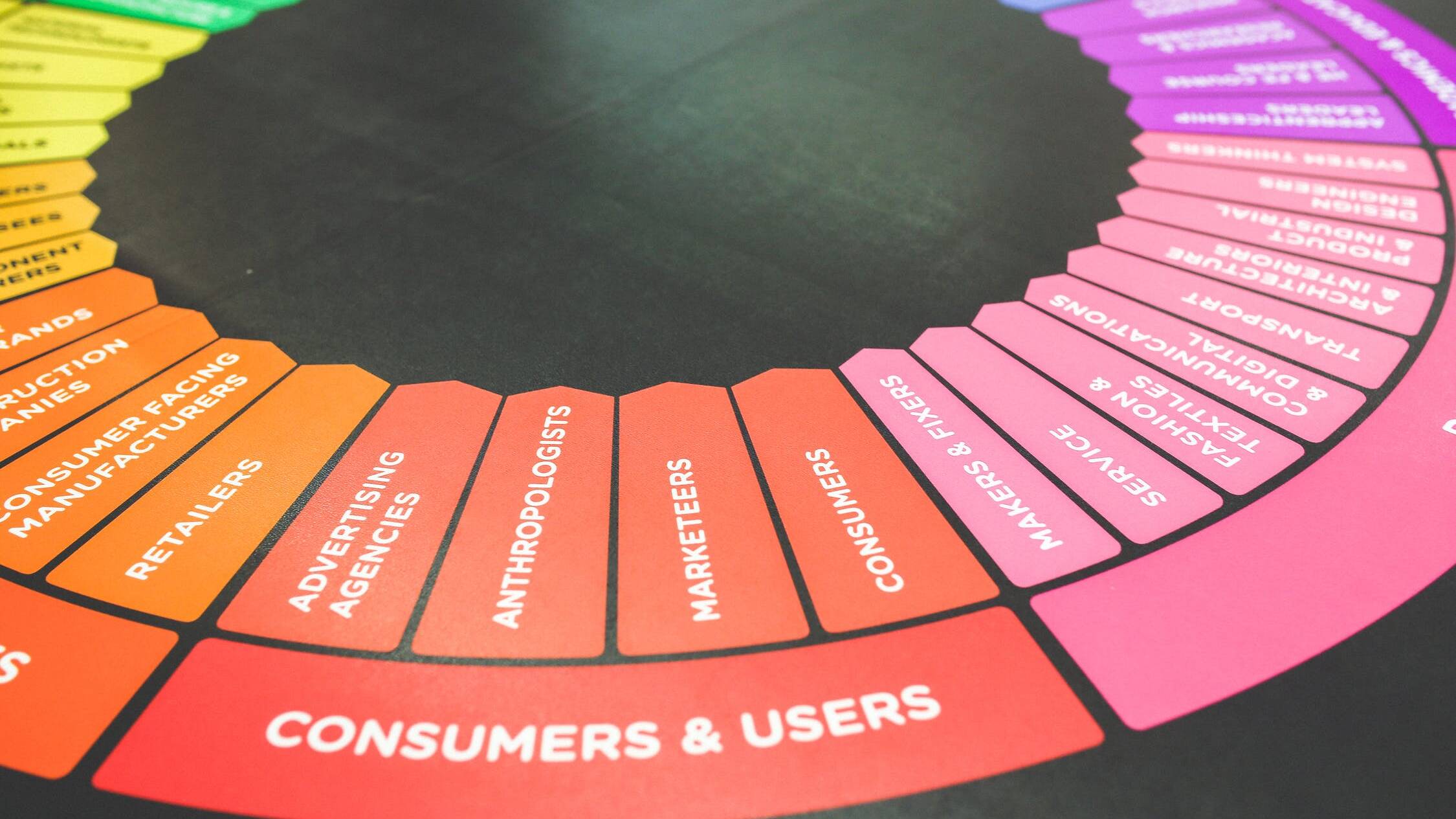In one of our recent blog posts about agile leadership we stated that “agility always makes sense if the goal is to foster innovation and support new approaches.” This is why many people immediately connect the agile approach with IT and software development. If you, however, give it a little more thought, you’ll understand that agile models also enable many other business areas to work in a more flexible, goal-driven way in order to take on the challenges of a constantly changing world. One of these areas is marketing.
Outdated marketing organizations
Even in 2021 marketing organizations in many companies are still part of a functional, hierarchical structure. Partly because businesses are reluctant to say goodbye to the ingrained thought that their leaders’ core task is to exert control over their employees. Everyday work of marketeers is often characterized by rigid planning, strict demands and limited scope for action. This framework ultimately leads to single divisions or teams working in silos next to each other, with their competencies and tasks strictly separated, without necessarily pursuing a common business goal.
The first step: cross-functional marketing teams
Due to an increasing importance of digital touchpoints and client interactions, new roles and competencies have been introduced in marketing teams over the past few years. Now you’ll often find SEO geeks, UX designers, HTML developers or analytics specialists in marketing teams, next to better-known experts like graphic designers, copywriters or project managers.
It’s all about the framework
Unfortunately, many companies fail to offer these highly demanded experts the framework they expect from an attractive employer. And no, it’s not about the monetary aspect. An old-fashioned culture and lack of leadership are the main reasons for discontent among employees—and therefore for increased fluctuation. Therefore, a business leader’s main task must be the creation of a positive, appreciative work environment in order to offer the appropriate organizational framework for responsibility, autonomy and teamwork.
This framework is not only the base for a smoothly functioning organization, but also for long-term economic success. Customer obsession is THE critical factor for success in modern marketing. Agile models are perfectly suited to cater to the constantly changing demands of customers from both an organizational and a cultural perspective.
How do you switch to an agile setup in marketing?
From an organizational point of view, there are different possible approaches when it comes to building agile teams. The Agile Manifesto puts “practice over process” above anything—which is why this should be the top priority also when implementing an agile model in marketing. You don’t have to start from scratch though: just base your agile organizational development on the so-called Spotify model. Even if the Swedish music streaming service’s team members responsible for the task never planned to create a blueprint framework, that’s basically what they did. They developed a constantly evolving format which steadily adapts to the company’s growth and changing conditions.

A real-life example: agile marketing
Some time ago, I had the opportunity to introduce agile methods in an existing marketing organization.
At that time, a total of approximately 25 people took care of different marketing tasks which were tackled in traditional, structured projects by teams of 3 to 10. We identified rapidly changing conditions as the biggest challenge, especially for more complex projects. As a consequence, project plans often became obsolete after a short time, tasks had to be redistributed on a daily basis, and the constant stress negatively affected the employees’ performance.
Digital solutions for collaboration
In the light of these developments, the management made a decision to resort to agile methods for future projects. The first months were no walk in the park, but repeated experiments and continuous work on the process soon produced positive effects. In the beginning, tasks were mapped out and managed on a physical KANBAN board in the office. This analogue approach didn’t really work out given that several employees, among them also the project owners, often spent time off premises with the customers. The new situation with everyone working from home only increased the necessity for a different, digital solution. In the end, the physical board was substituted with a digital tool. In this case, after comparing several options, the company decided to use wrike.com, a browser-based solution with special focus on task management and collaborative work.
Exercise patience
As mentioned, the first phase didn’t go too smoothly. The team members weren’t used to working with such a tool and most of the communication still happened via email. After about three months though, the entire process was already handled via the tool. Sentences like “no more emails, please communicate via Wrike only” from team members illustrate to which degree they adopted the new process. One thing that definitely helped was the fact that two employees were trained to be SCRUM masters.
The future is agile
Marketing as a whole is changing, as are marketing organizations. Therefore, it is only smart to resort to agile methods and organizational forms. We believe that lack of predictability, high complexity and the necessity to increasingly focus and adapt all efforts on and to the customer actually require an agile mindset in order to stay economically competitive and successful.
Fritz Krassnitzer
Email: fritz.krassnitzer@leaders21.com
Link to profilepage

